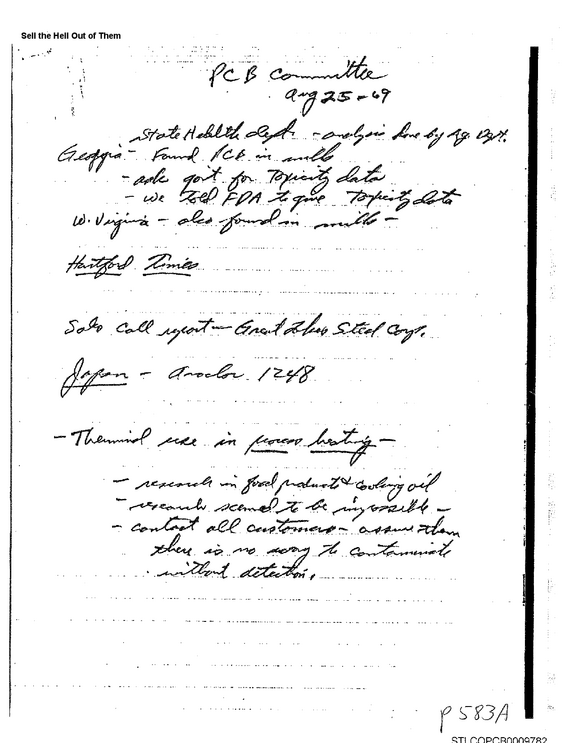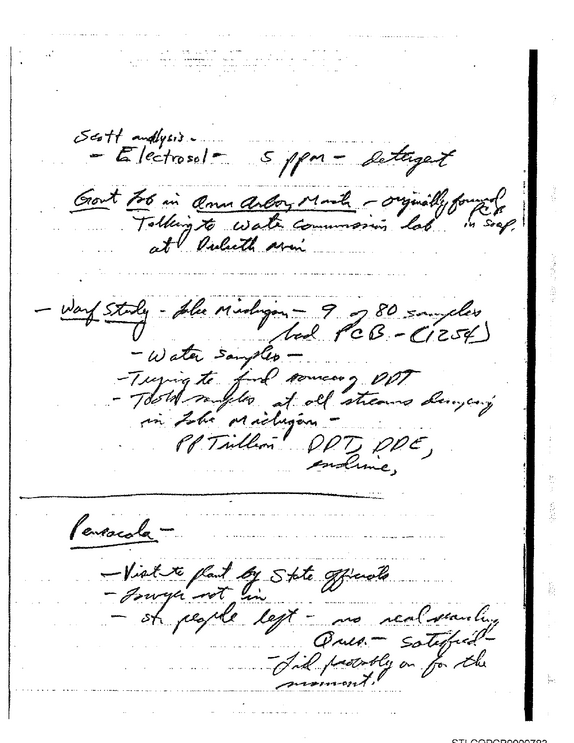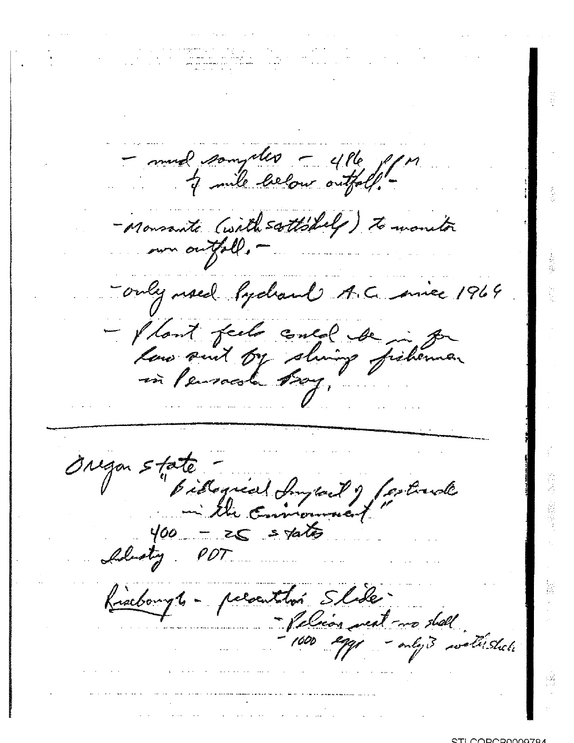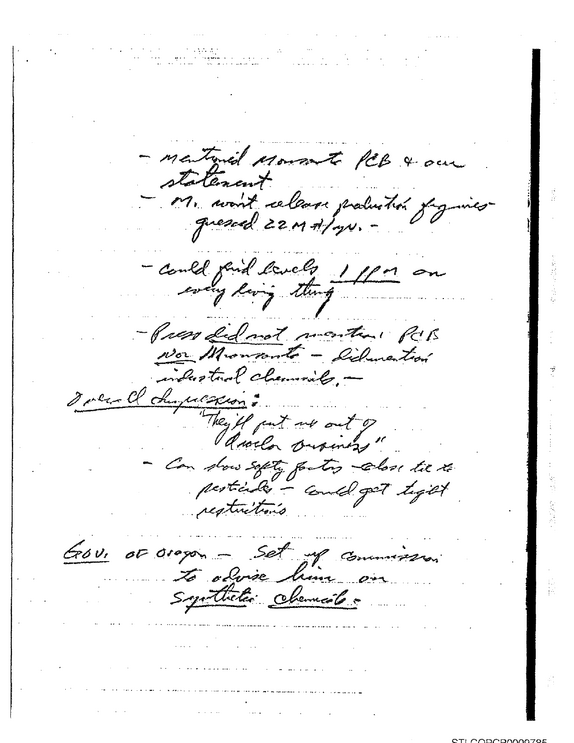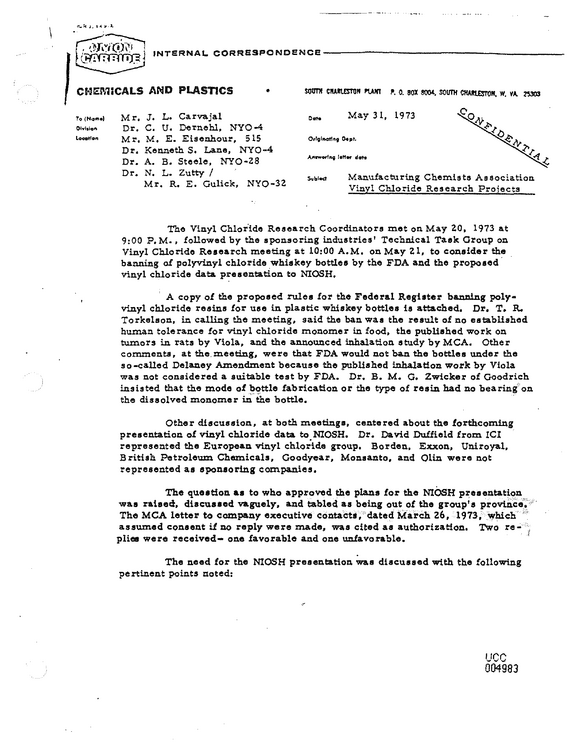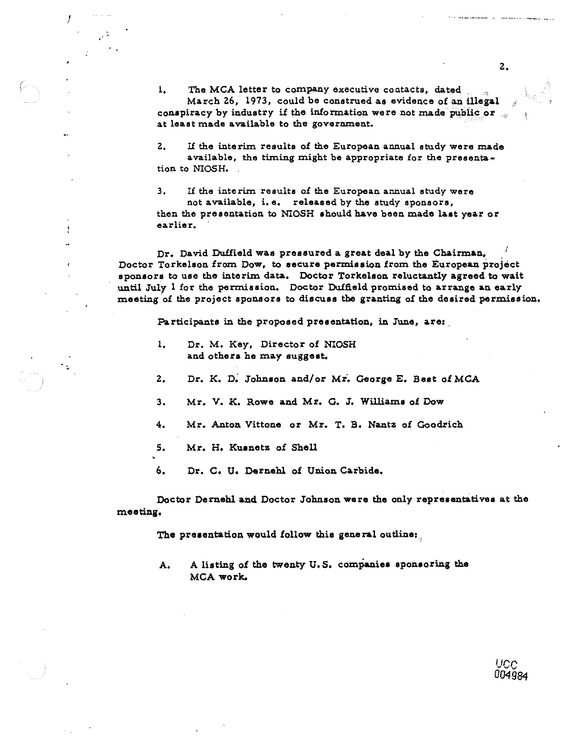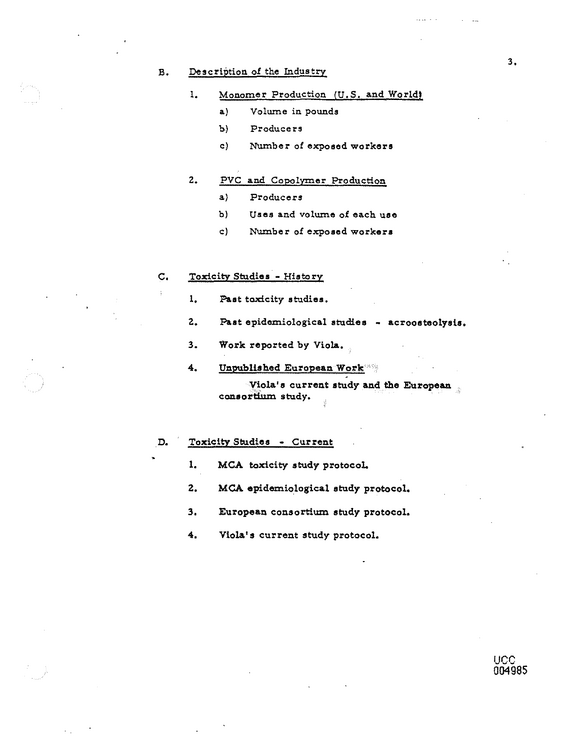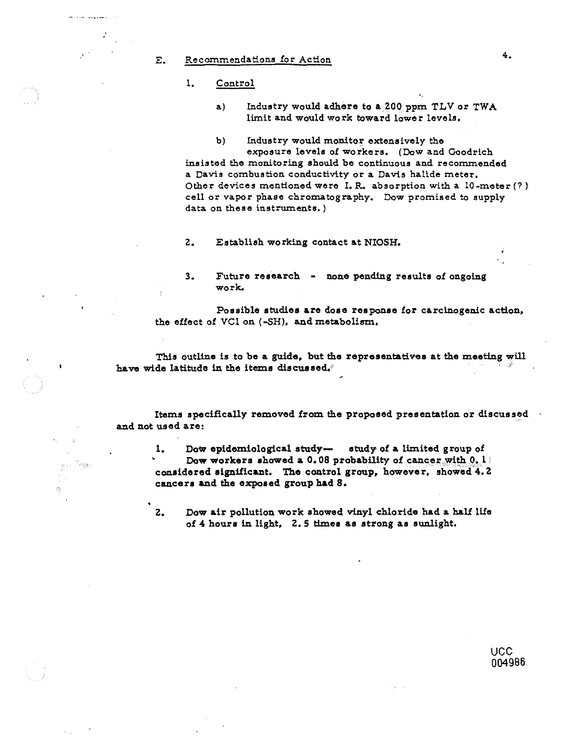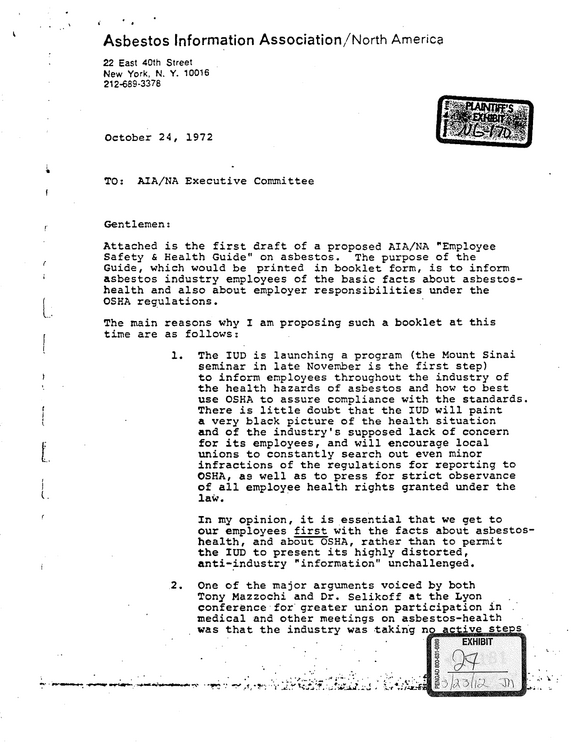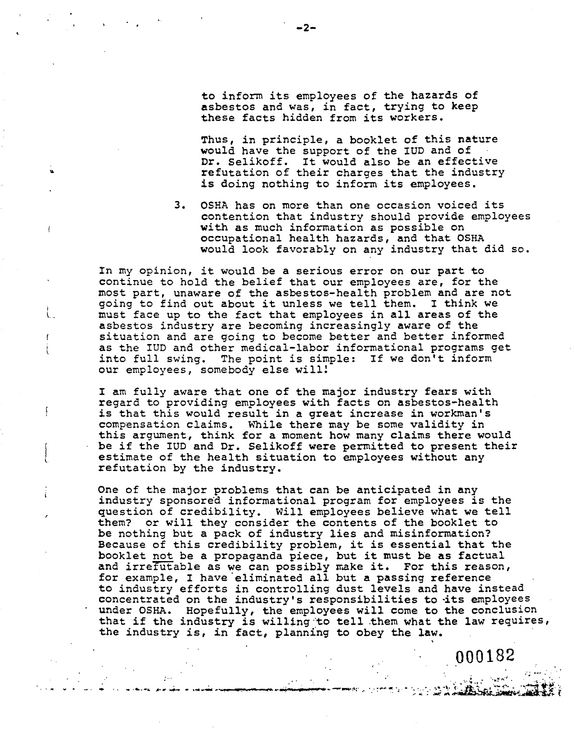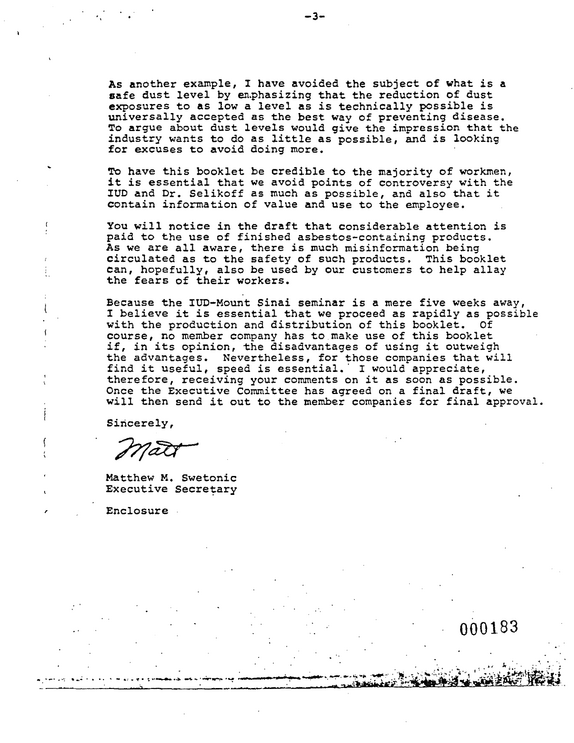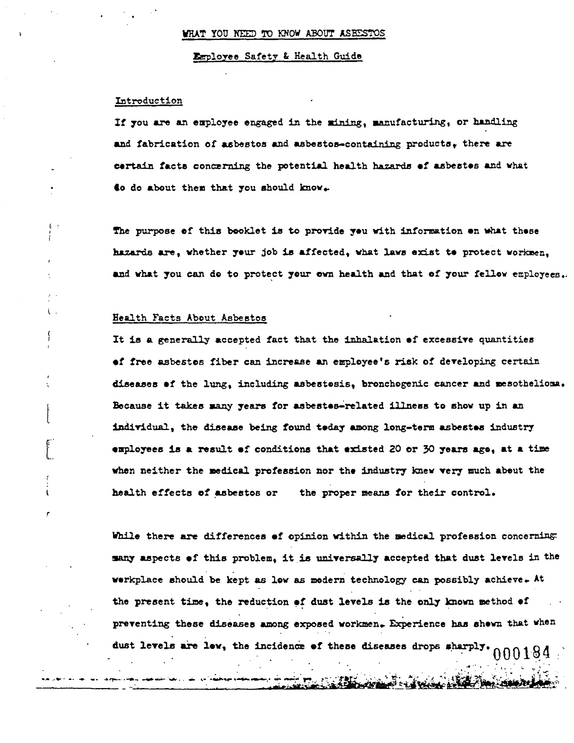Toxic Docs
Columbia University and the City University of New York
Millions of Pages of Previously Classified Documents on Industrial Poisons (and Counting)
Free of Charge. Open to All.
Quick Start (5 minutes)Blazingly fast searches of once-secret industry documents
Columbia University's Center for the History and Ethics of Public Health, located at its Mailman School of Public Health, and the City University of New York's Graduate Center are proud to jointly present ToxicDocs. This dataset and website contain millions of pages of previously secret documents about toxic substances. They include secret internal memoranda, emails, slides, board minutes, unpublished scientific studies, and expert witness reports -- among other kinds of documents -- that emerged in recent toxic tort litigation.
We're constantly adding material from lawsuits involving lead, asbestos, silica, and PCBs, among other dangerous substances. Innovations in parallel and cloud computing have made conversion of these documents into machine-readable, searchable text a far faster process than would have been the case just a decade ago.
The crisis of PCBs
These are notes from a meeting of a Task Force on August 25, 1969 that Monsanto set up to deal with the growing crisis of their PCBs' presence in the environment. At the meeting 3 alternatives were laid out that the company might follow. “1.) Go out of business”; 2.) “sell the hell out of them [PCBs]”; and 3.) “Try to stay in business in controlled applications.” In fact Monsanto did all three. Over next year and a half, it "sold the hell out of PCBs," moving more than it had ever done before. After public pressure built to ban the sale of PCBs, Monsanto in 1977 finally stopped the sale of what even they acknowledged was a world-wide contaminant.
"Evidence of an illegal conspiracy by industry..."
In 1973, members of the Manufacturing Chemists' Association (MCA) -- the chemical industry's trade group -- gathered to discuss how they'd respond to an impending meeting with the National Institute for Occupational Health and Safety (NIOSH). In this document, they discuss whether withholding the results of a European epidemiological study on the carcinogenic properties of vinyl chloride monomer -- particularly with respect to kidney and liver cancer -- might be interpreted as "evidence of an illegal conspiracy by industry."
The asbestos industry's response to health and safety concerns
In an October 1972 memo to the Asbestos Information Association (AIA)'s Executive Committee, Executive Secretary Matthew Swetonic describes the strategies underlying a proposed AIA “Employee Safety & Health Guide” on asbestos. With greater pressure on the asbestos industry to inform its employees about asbestos hazards, the AIA safety guide would help companies showcase concern for employee health and counter parallel medical-labor worker training programs with a more industry-friendly informational booklet. “The point is simple,” he writes. “If we don’t inform our employees, somebody else will!” The guide, attached to the memo, includes information about employer obligations, health facts, smoking, and employee action steps. Like many documents at ToxicDocs, this memo shows industry response to impending regulation and growing knowledge of product dangers
